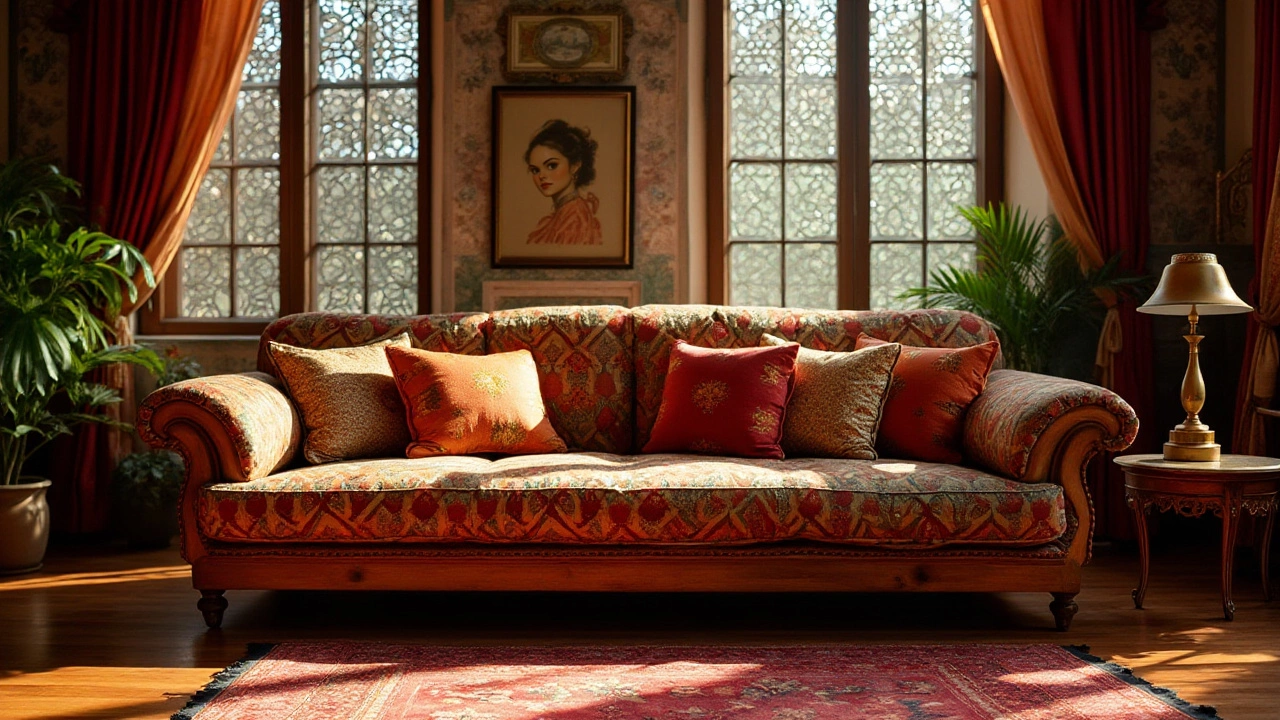
Discover the Sofa Built to Endure
Choosing a sofa that lasts requires a keen eye for quality materials, construction techniques, and design considerations. This article explores key factors determining a sofa's longevity, from fabric durability to frame strength. Learn tips and insights on how to make a wise investment, ensuring your new couch stands the test of time. Break away from trendy but flimsy options and choose furniture that blends style with substance. Uncover the secrets to a sofa that's both stylish and resilient.
View More